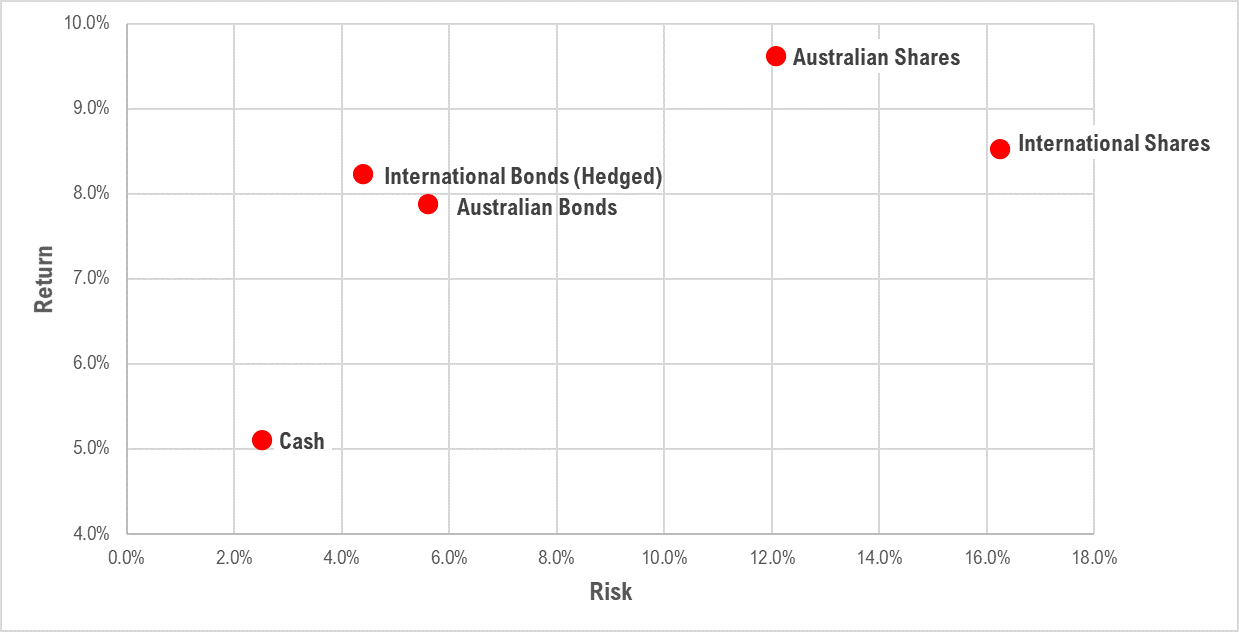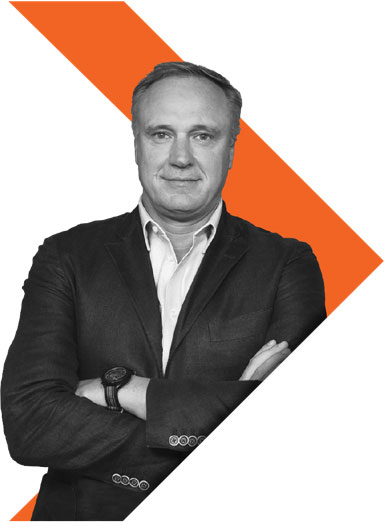Fund managers and professional investors often use labels like these to indicate the different mix of assets in each portfolio and the kind of investors each asset mix might suit. So a portfolio labelled “Conservative” will have a higher proportion of defensive assets like cash and fixed interest, and fewer growth assets like shares. In contrast, a portfolio labelled Growth will typically have more growth assets like Australian and international shares, and a lower proportion of fixed interest investments. By mixing the same asset classes in different proportions, you get a different balance between risk and return.
So how do you decide on the right mix for you?
Setting your strategy
A good starting point is to ask yourself these three fundamental questions:
1. What are my investment goals?
Are you investing for long-term growth or an immediate income?
If you’re a growth investor, you’re more likely to choose a higher proportion of shares, including shares with strong growth potential. However, if you’re more interested in earning a stable income from your investments, you might want to focus more on bonds and other fixed income investments, combined with shares offering a high level of dividends.
2. What’s my investment time-frame?
The longer your investment timeframe, the more opportunity you have to ride out a negative year in the share market. But if you only have a few years before you need to access your money, then you may prefer more stable asset classes like cash and fixed income.
Generally speaking, a conservative portfolio will experience about two negative years in every 20, a balanced portfolio will have about 3.5 negative years in every 20, and a growth portfolio about 4.5 negative years in every 20.
3. How much risk am I willing to accept?
As we discussed above, risk is simply the possibility that an investment doesn’t deliver the return you expect, or that it falls in value. Choosing a portfolio mix with a higher proportion of growth assets is likely to give you higher returns over time, but it also increases the likelihood that your portfolio will fall in value in any individual year.
That means you need to consider whether you are willing to accept that your investments may fall in the short-term on the way to your long-term goals, or whether you prefer to accept lower potential returns in order to lower your chances of a negative year along the way. Don’t forget, being too conservative can also give rise to a different risk: the risk that you don’t achieve the returns you need to support your goals.
Putting it into practice
To see how it works in practice, let’s take a look at some real-life portfolios from three different investment managers. We’ve listed some of the ways you can build each asset class on the ASX, and some examples of the securities you can use (note that these are examples only, not recommendations). We’ve also rounded the numbers slightly to make them easier to digest.
Conservative
Here’s an example of a Conservative portfolio from Vanguard, a large US investment manager with a focus on index investing. As you might expect from a Conservative asset mix, 70% of the portfolio is made up of defensive, income-oriented assets, with only 30% in higher-growth assets.
Vanguard’s Conservative Model Portfolio
Balanced
Our Balanced fund example comes from BetaShares, an Australian-based ETF provider managing over $13bn in assets (as at 30 September 2020). While still leaning towards defensive assets, it has a significantly higher proportion of growth assets, with 45% of the portfolio in shares and property.
BetaShares’ Balanced Model Portfolio
Growth
Finally, here’s a Growth example from BlackRock, the world’s largest fund manager. BlackRock’s Growth portfolio has an even higher focus on equities, although it also includes fixed income investments and cash for diversification and risk reduction.
iShares’ Growth Model Portfolio
Summary
These examples are from some very large global investment teams and are very easy to replicate through your online Bell Direct investment account – it’s important to do your own research and choose an asset allocation you’re confident is right for you.
Remember too that investing in equities involves risk, so you should always expect some periods of negative returns. As the examples above show, one of the best ways to manage risk is to diversify, both across and within asset classes. The good news is that share markets go up over the long-term.
Top three take outs
By allocating your money to different asset classes, you can get the right balance of risk and return for your situation.
Start by considering your goals, investment timeframe and attitude towards risk, then choose an asset allocation to match.
Using a combination of ETFs and direct share investments, you can create a diversified portfolio in just a few trades.
Important Disclaimer- This information is for educational purposes only and is of a general nature. It has been prepared without consideration of your specific financial situation, particular needs and investment objectives. This information does not constitute financial advice and you should consider your own financial circumstances in assessing the appropriateness of this information.





